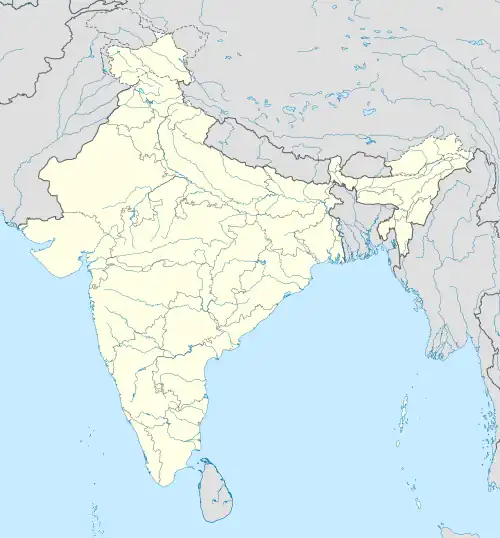𑀚𑀸𑀦𑀢𑀺
Ashokan Prakrit
Etymology
From Sanskrit जानाति (jānā́ti), from Proto-Indo-Aryan *ȷ́ānáHti, from Proto-Indo-Iranian *ȷ́ānáHti, from Proto-Indo-European *ǵn̥néh₃ti (“to know”), from *ǵneh₃- (“to know”). Cognate with Pali jānāti.
Alternative forms
Attested at Bairat, Brahmagiri, Calcutta-Bairat, Delhi-Topra, Dhauli, Rupnath and Sahasram.
| Dialectal forms of 𑀚𑀸𑀦𑀢𑀺 (“to know”) | ||
|---|---|---|
| Variety | Location | Forms |
| Central | Delhi-Topra | 𑀚𑀸𑀦𑀢𑀺 (jānati) |
| Rupnath | 𑀚𑀸𑀦𑀢𑀺 (jānati) | |
| Bairat | 𑀚𑀸𑀦𑀢𑀺 (jānati) | |
| Sahasram | 𑀚𑀸𑀦𑀢𑀺 (jānati) | |
| Calcutta-Bairat | 𑀚𑀸𑀦𑀢𑀺 (jānati) | |
| East | Dhauli | 𑀚𑀸𑀦𑀢𑀺 (jānati) |
| South | Brahmagiri | 𑀚𑀸𑀦𑀢𑀺 (jānati) |
| Map of dialectal forms of 𑀚𑀸𑀦𑀢𑀺 (“to know”) | ||
|---|---|---|
 | ||
Descendants
References
- Sen, Sukumar (1960) A Comparative Grammar of Middle Indo-Aryan, Linguistic Society of India, page 146.
- Turner, Ralph Lilley (1969–1985) “jānāˊti”, in A Comparative Dictionary of the Indo-Aryan Languages, London: Oxford University Press
This article is issued from Wiktionary. The text is licensed under Creative Commons - Attribution - Sharealike. Additional terms may apply for the media files.